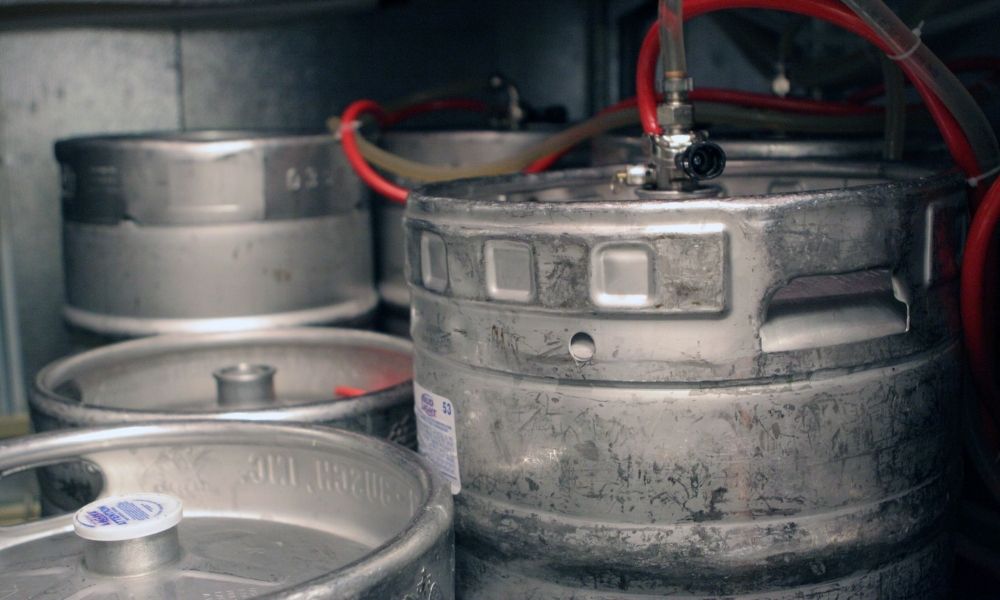
From ancient clay bowls to the barrels of medieval monks, the evolution of the beer keg has been brewing for over 4,000 years. Understanding the advances in kegging technology helps us recognize how people have transformed the fermentation process of the beer we brew today. Take a sip of this brief history of the beer keg and explore how it began the journey to our modern-day draft beer.
5th Millennium BCE: The Origin of Beer Kegs
The origins of the beer keg date back to the 5th millennium BCE, when ancient Egyptians and Mesopotamians discovered the fermentation process for wild grains. They produced beer in mass quantities and consumed the liquid bread from terracotta vats and bowls. Ancient artwork even depicts brewers straining mash through cloths into ceramic vessels.
The Middle Ages: Monastery Brew Houses
In the Middle Ages, monastery brewhouses began to crop up throughout Europe. Monks brewed the product for consumption and to sell to travelers. They developed sanitary procedures for the brewing process, and placing beer in wooden barrels became widespread in Europe. Medieval artisans crafted these wooden barrels, known as “coopers,” to serve as kegs for beer and shipped them overseas.
Late 18th Century: The Beer Engine
Until the late 18th century, the method of draining beer from a keg simply involved using air and gravity. In 1785, British inventor Joseph Bramah invented the beer engine, designed to pump English ale. The beer engine revolutionized how English bartenders pumped beer from kegs, often located on a separate floor from the bar. The beer engine also sparked the need to develop a system that allowed beer to remain cold, carbonated, and poured with minimal foam.
Early 20th Century: Pressurized Beer
Today, we use the term “draft” to reference beer served from pressurized containers rather than traditional casks. Draft beer emerged in the early 20th century with carbon dioxide pressured steel kegs. The United Kingdom was the first place to establish the artificial carbonation process, and the practice became the preferred method for draft beer worldwide.
Brewing and kegging technology have advanced throughout the centuries. What remains unchanged is the world’s taste for liquid bread and the customary practice of dispensing it from the finest kegged source.






